Blog Posts Tagged Technical Content
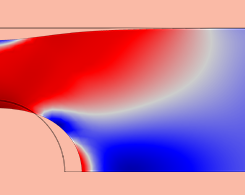
How to Implement Elastoplasticity in a Model Using External Materials
Sometimes the mechanical behavior of a material is not readily expressed in terms of a built-in model. In these cases, you can use external materials. Learn how with an elastoplasticity example.
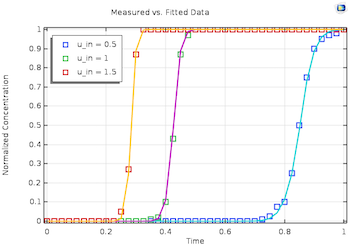
Multiparameter Optimization with a Least-Squares Objective
Learn how to estimate parameters using multiparameter optimization, which will automatically adjust your model based on an underlying data file of experimental parameters.
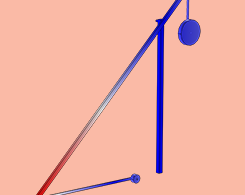
What Is the Physics Behind a Counterweight Trebuchet?
A counterweight trebuchet, a siege weapon commonly seen in movies set in the Middle Ages and fantasy worlds, also happen to be an interesting multibody dynamics problem.
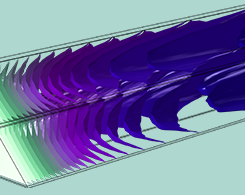
Modeling Surface Reactions in Porous Media and Reactive Pellet Beds
Reactive pellet beds have complex local geometries and undergo microscopic diffusion, but there is a way to simply and accurately simulate these devices in COMSOL Multiphysics®.
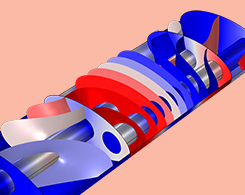
Evaluating the Effect of Shell Thickness on Muffler Performance
Guest blogger Linus Fagerberg from Lightness by Design follows up a previous post with a discussion of one design consideration for the radiated sound in a muffler design: shell thickness.
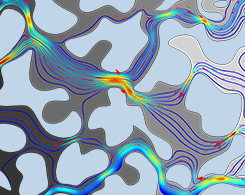
Computing Porosity and Permeability in Porous Media with a Submodel
Porous materials have complex geometries and may therefore be difficult to model. Setting up a microscale submodel is a useful approach to find the porosity and permeability of the medium.
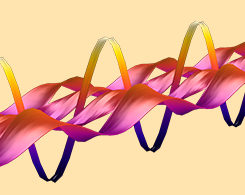
Silicon Photonics: Designing and Prototyping Silicon Waveguides
John Tyndall tried to control the most visible form of energy, light, using 2 buckets and some water. Today, there is a more advanced device for this purpose: a silicon waveguide.
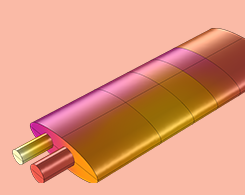
Predicting the Sound Emission of a Muffler Design via Simulation
Cars with subpar mufflers are annoyingly loud. Guest blogger Linus Fagerberg from Lightness by Design discusses a novel, simulation-based approach to predict noise generation in muffler designs.
